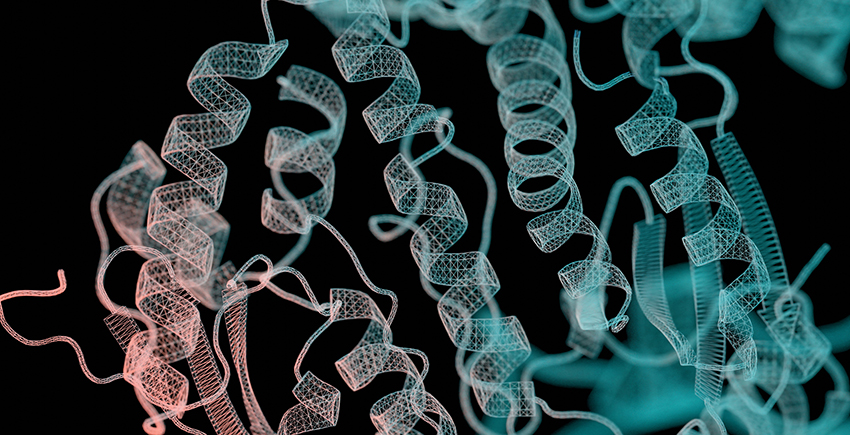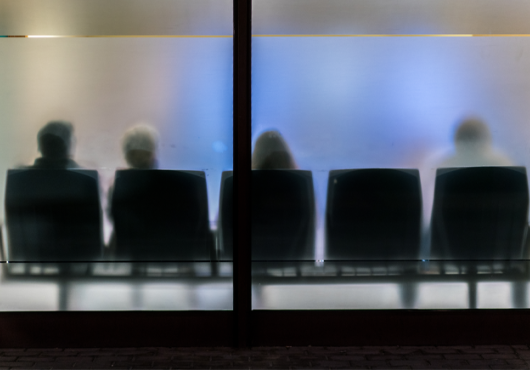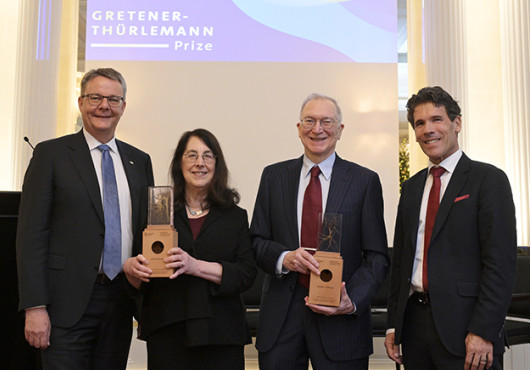
Work described in this story was made possible in part by federal funding supported by taxpayers. At Harvard Medical School, the future of efforts like this — done in service to humanity — now hangs in the balance due to the government’s decision to terminate large numbers of federally funded grants and contracts across Harvard University.
Artificial intelligence-designed proteins may be able to boost production of immune cells, particularly T cells that fight cancer and harmful infections, according to new research out of Harvard Medical School and Boston Children’s Hospital.
The work, conducted in laboratory equipment and mice, offers promise for more efficiently and effectively developing T cells for use in cancer immunotherapies and in vaccines against dangerous viruses or other infections.
The federally supported study is published Aug. 1 in Cell.
The scientists used AI technology to design proteins that would activate a cell signaling language called Notch, which is essential for transforming immune cells into T cells. They then successfully used the proteins to generate large quantities of T cells in liquid suspension culture in a laboratory bioreactor rather than on a flat surface.
This marked an important advance, given the growing demand for T cells in hospitals worldwide for use in chimeric antigen receptor T-cell (CAR T) immunotherapies for cancer, the authors said. CAR T-cell treatments currently require the retrieval, modification, multiplication, and reintroduction of T cells into patients to fight cancer.
“Being able to activate Notch signaling opens up tremendous opportunities in immunotherapy, vaccine development, and immune cell regeneration,” said first author Rubul Mout, HMS research fellow in pediatrics at Boston Children’s.
Previously, researchers activated Notch signaling — and in turn increased T-cell production — in the laboratory by immobilizing Notch surface proteins in culture dishes. However, this method can’t be used to produce therapies for humans, which prompted the team to look for another approach.
Led by senior author George Q. Daley, HMS dean and the HMS Caroline Shields Walker Professor of Medicine at Boston Children’s, the researchers took advantage of Rosetta and other AI tools that can computationally design proteins from scratch. They used the tools to develop a library of custom-designed Notch-activating proteins. Then they synthesized those proteins.
Authorship, funding, disclosures
Additional authors include Ran Jing, Mayuri Tanaka-Yano, Emily Egan, Helen Eisenach, Martin A. Kononov, Roland Windisch, Mohamad Ali Toufic Najia, Allison Tompkins, Luca Hensch, Trevor Bingham, Rajesh Gunage, Yunliang Zhao, Natasha Edman, Christopher Li, Dahai Wang, Thorsten Schlaeger, Leonard Zon, Trista North, Urban Lendahl, R. Grant Rowe, and Stephen Blacklow.
This study was supported by the National Institutes of Health (grants RC2DK120535, R35CA220340, R01 CA272484, 5T32HL007574, and K99HL170075), Boston Children’s Hospital Stem Cell and Regenerative Biology Program, Swedish Research Council, Swedish Cancer Society, and Massachusetts Life Science Center.
Mout, Jing, Egan, Baker, Blacklow, and Daley filed patents related to the C3-DLL4 soluble Notch agonist. Mout and Daley filed patents related to the C515H-DLL4 soluble Notch agonist. Daley is an advisory board member at Cell.




